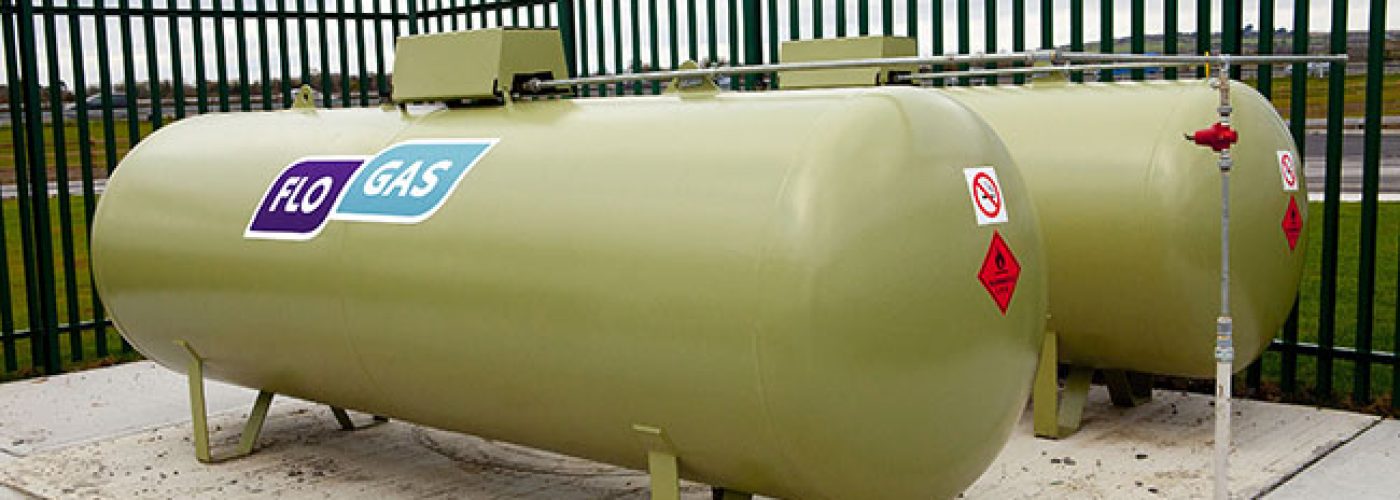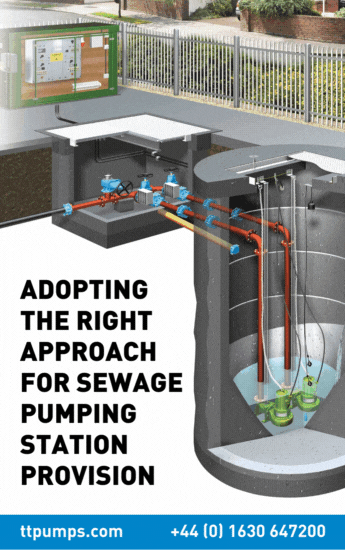The future of energy is hard to determine, even for experts in the industry. At the 2017 Future Energy Scenarios event, the efficiency and future use of shale gas and biomethane was brought into the discussion. Here to analyse how the UK might benefit from both these forms of energy in the years to come is Flogas — a leading supplier of LPG storage tanks…
The future of shale gas
Shale and the fracking process are constantly in the news, with the idea of fracking production sites in the UK being a highly contentious issue. On one side, the UK government has argued that shale gas stands to deliver the nation with increased energy security, growth and jobs. However, there is a counter argument that the method for extracting shale gas — which involves water being injected into ‘shale’ rock formations at a high pressure to extract gas — runs the risk of having a ruinous impact on the environment. The process is also very expensive.
Some criticisers of fracking have also made the argument that the process extends the UK’s dependence on fossil fuels. What’s more, others have said that it heightens the risk of water being polluted and has links to the number of earthquakes that take place. Steve Mason, of cross-party pressure group Frack Free United, commented: “This Tory government is backing fracking and forging on with a ludicrous dirty energy policy. It is time for them to wake up and listen to their own reports, the voice of the public in areas under threat and halt all fracking activity now.”
However, few can argue with the success of fracking in the US, where it wasn’t too long ago that the country was importing large amounts of oil and gas. That changed when the US discovered the effectiveness of extracting shale gas, with the nation is now self-sufficient and exporting gas.
Today, the UK finds itself in a similar situation to its allies across the pond, as it imports over 50 per cent of the gas it needs from overseas. However, a report by the British Geology Society published in 2012 suggested that there is a resource estimate of around 1,327 trillion cubic feet of gas found throughout the UK. Ineos’ CEO, Jim Ratcliffe (whose company has licences to frack in the UK in an area measuring one million acres) also said to The Guardian: “The future for manufacturing in the UK will look quite gloomy if we don’t exploit shale. I can’t see otherwise what is going to arrest the decline in British manufacturing.”
The future of biomethane gas
The bonus of biomethane for most is that it is a completely green energy source. This is because the gas occurs naturally from the anaerobic digestion of organic matter, which can be sourced from manure, organic waste, sewage and both dead animal and plant matter. Biomethane is also a sustainable method of sourcing gas that means those in the industry will not need to rely on extracting natural gas from the ground, as the two are the same type of gas.
Already in the UK, we can read about major success regarding biomethane. For instance, Severn Trent Water was successful in opening a facility at its Minworth Sewage Treatment Works in 2014, whereby biogas from the anaerobic digestion process is converted so that it can be used within the domestic gas supply. The facility was the largest gas-to-grid plant found in the UK at the time of its opening, with 1,200 cubic metres of biogas able to be converted into 750 cubic metres of biomethane each hour. This biomethane can then be injected into the National Gas Grid.
However, some people are still unclear as to how biomethane works and its general procedure as a sustainable energy source. Explaining the setup of the Minworth Sewage Treatment Works gas-to-grid plant, Severn Trent Water’s renewable energy development manager said: “As part of the sewage treatment process, sewage sludge is produced. At Minworth we feed this to our 16 anaerobic digesters, or ‘concrete cows’, which work like giant cow’s stomachs to digest the waste material to produce energy in the form of gas.
“Currently, we use 40 per cent of this energy to make electricity, but more can be done – that’s where this new process comes in. With treatment, gas from sewage is made clean enough and at the right consistency to be injected into the gas supply network to power homes in the area. It’s local gas produced from local people.”
Of course, like shale gas and fracking, biomethane has also hit the headlines. A year after the launch of the Minworth Sewage Treatment Works gas-to-grid facility, popular chain, Sainsbury’s, made its Cannock superstore the first to be powered entirely by the food waste created by the retailer.
Prior to 2015, Sainsbury’s had the following principles:
- Any other unsold food was turned into animal feed.
- Any unsold food which was still suitable for human consumption would be given to charities.
- Any surplus unsold food was delivered to Biffa’s advanced anaerobic digestion facility, located in Cannock. When food is delivered to Biffa’s facility, it is broken down to create biomethane gas. This gas is then used to generate electricity.
Soon, both Biffa and Sainsbury’s thought they could make use of the Cannock superstore’s close proximity to the advanced anaerobic digestion facility. As a result, the two companies created and installed a 1.5km cable between the pair of buildings so that the plant can provide a direct supply of renewable electricity to the superstore.
Regarding prices, the investment was well worth the cost it took to create the set-up. £280,000 of investment was put towards the project — which covered the setup of power cables, switch gears and the covering of all legal fees — and Sainsbury’s estimated that it had the potential to save in the region of £140,000 in just one year due to relying less on the National Grid for day-to-day power supplies.
Could this spell greater use of biomethane across other businesses?





